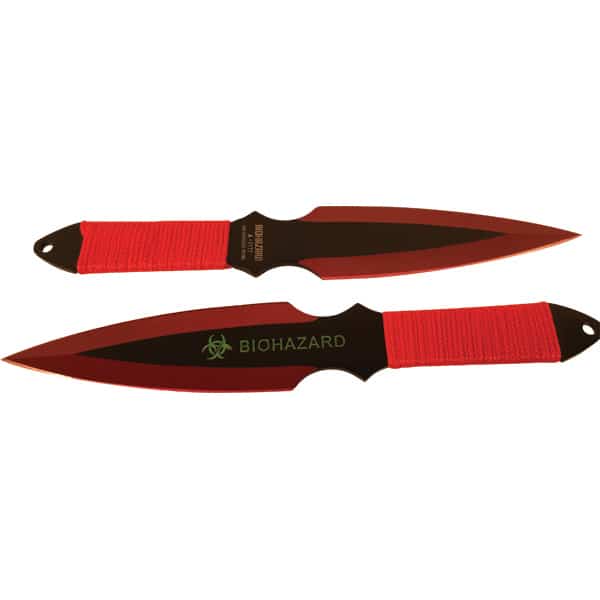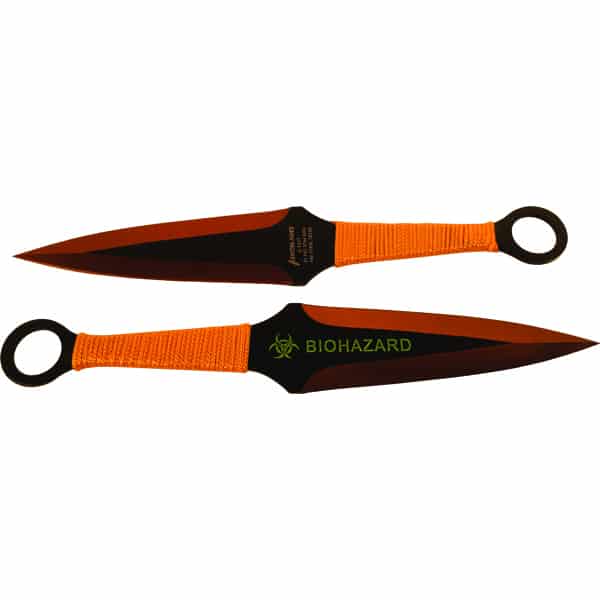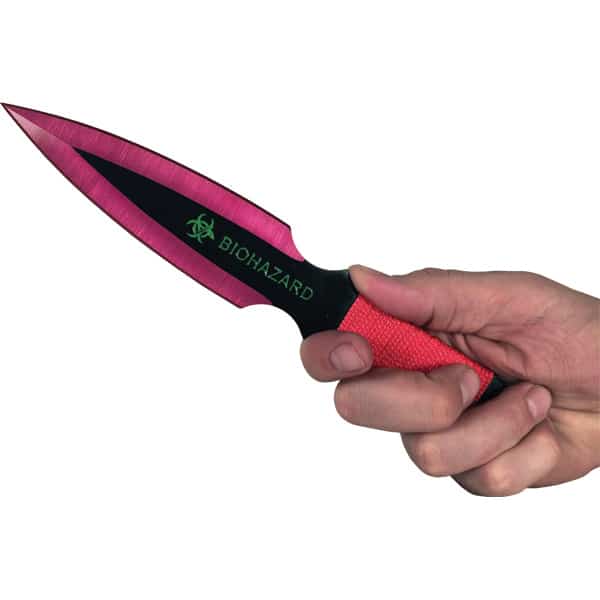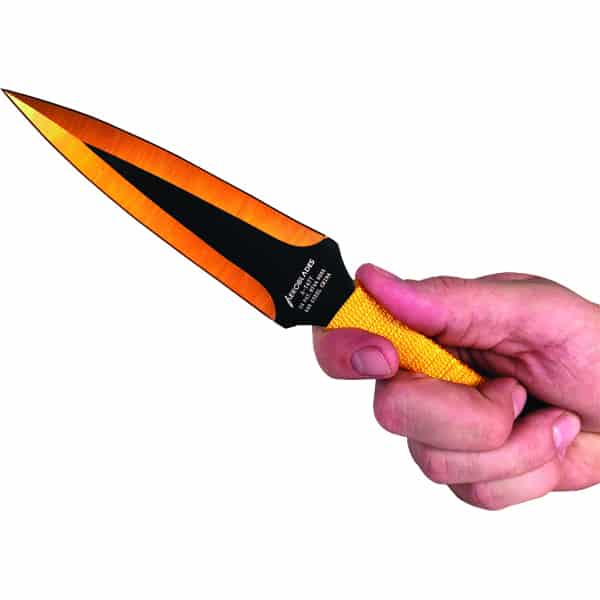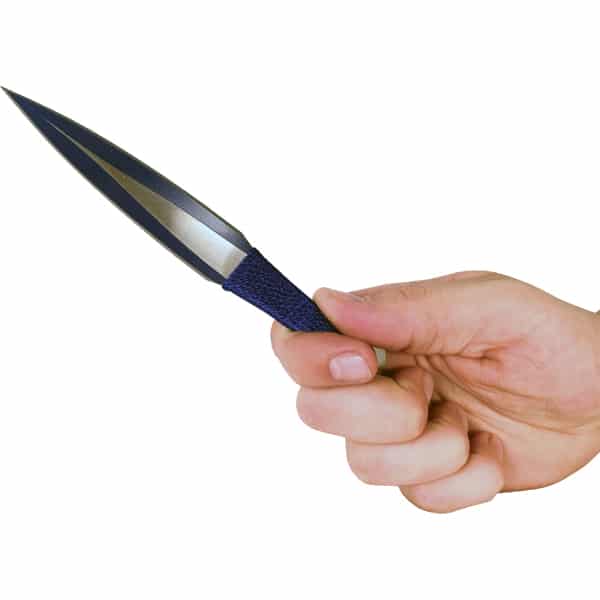The Art of Knife Throwing: A Beginner’s Guide
Knife throwing is more than just a sport; it’s an ancient skill that combines precision, focus, and a bit of flair. From its roots in survival and hunting to its modern-day applications in entertainment and competition, knife throwing has evolved into a captivating and challenging pastime. Whether you’re looking to pick up a new hobby or are simply fascinated by the art, this guide will introduce you to the fundamentals of throwing knives.

A Brief History of Knife Throwing
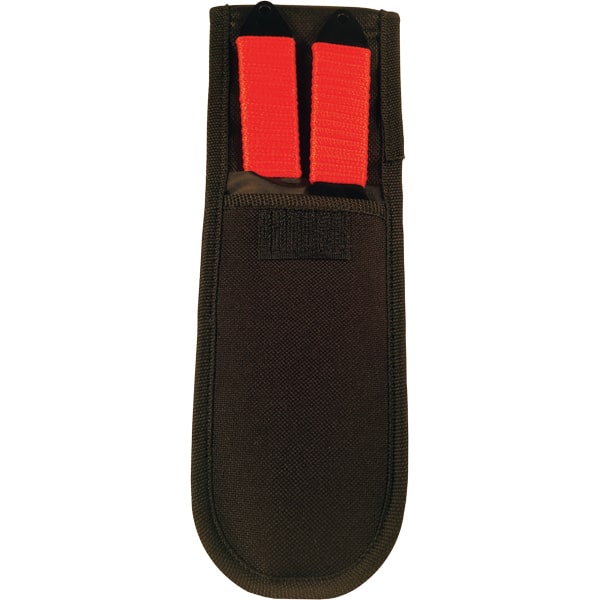
Knife throwing has a rich history that dates back thousands of years. Ancient cultures, including Native Americans and various Asian tribes, utilized throwing knives for hunting and self-defense. Over time, it transformed into a performance art, popularized in circuses and sideshows where skilled throwers would demonstrate their accuracy and prowess.
In recent decades, competitive knife throwing has gained popularity, with organizations and competitions dedicated to the sport. With the advent of social media, enthusiasts can easily share tips, tricks, and impressive feats, further fueling interest in this unique discipline.
Choosing the Right Knife
Before you can start throwing, you’ll need to select the right knife. Here are a few key factors to consider:
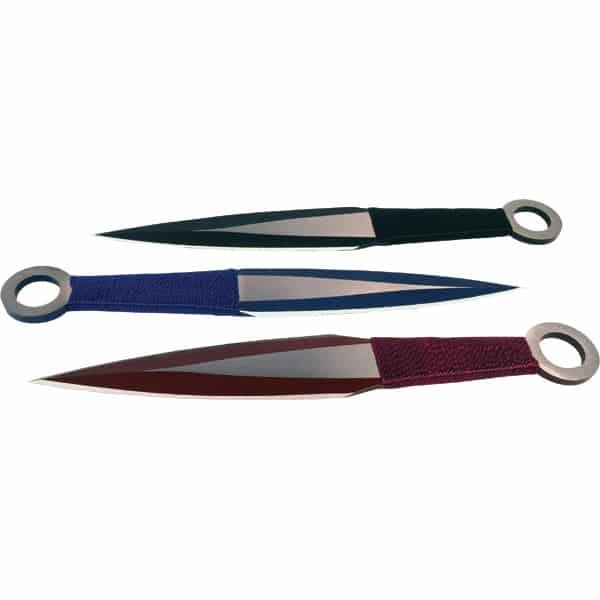
- Weight and Size: Most throwing knives range from 8 to 12 inches in length. Heavier knives tend to provide better stability in flight but require more strength to throw accurately. As a beginner, consider starting with a mid-weight knife that feels comfortable in your hand.
- Material: Look for knives made of durable steel that can withstand repeated impacts without chipping or breaking. Stainless steel is a popular choice due to its resistance to rust, while carbon steel offers excellent edge retention.
- Design: Throwing knives come in various shapes and designs, including balanced and unbalanced options. Balanced knives are typically easier for beginners to throw accurately.
Basic Techniques for Knife Throwing
Once you’ve chosen your knife, it’s time to learn the fundamentals of throwing. Here are some essential techniques to get you started:
- Grip: Hold the knife firmly but not too tightly. Your grip should be relaxed, allowing for a smooth release. The most common grip is the “pinch grip,” where you pinch the handle between your thumb and forefinger while resting the knife against your palm.
- Stance: Stand with your feet shoulder-width apart, with your non-dominant foot slightly forward. This stance provides stability and balance as you throw.
- Throwing Motion: The throwing motion is crucial to achieving accuracy. Start by bringing the knife back over your shoulder, then propel it forward in a smooth, fluid motion. Release the knife when your arm is fully extended and aimed at your target.
- Distance: The distance from which you throw can significantly impact accuracy. Beginners should start at a distance of around 10 to 12 feet and adjust as they gain confidence and skill.
Safety First!
Knife throwing can be dangerous if not approached with caution. Always practice in a safe and controlled environment, away from people, pets, or anything that could be damaged. Consider using a designated target, like a wooden board or a specialized knife-throwing target, to ensure safety and enhance your practice.
Wearing protective gear, such as closed-toe shoes and gloves, can also help minimize the risk of injury. Lastly, never aim the knife at a person or anything that could cause harm.
Joining the Community
As you progress in your knife-throwing journey, consider joining a community or local club. Many cities have groups that meet regularly to practice and share techniques. Online forums and social media groups can also be valuable resources for tips, tutorials, and inspiration.
Conclusion
Knife throwing is a thrilling and rewarding skill that offers a unique blend of focus, athleticism, and artistry. With the right mindset, equipment, and practice, anyone can learn to master the art of throwing knives. Remember to prioritize safety, stay patient, and most importantly, have fun! Whether you aim to hit a bullseye or simply enjoy the satisfaction of a well-thrown knife, this ancient craft can provide endless enjoyment and personal growth. Happy throwing!
